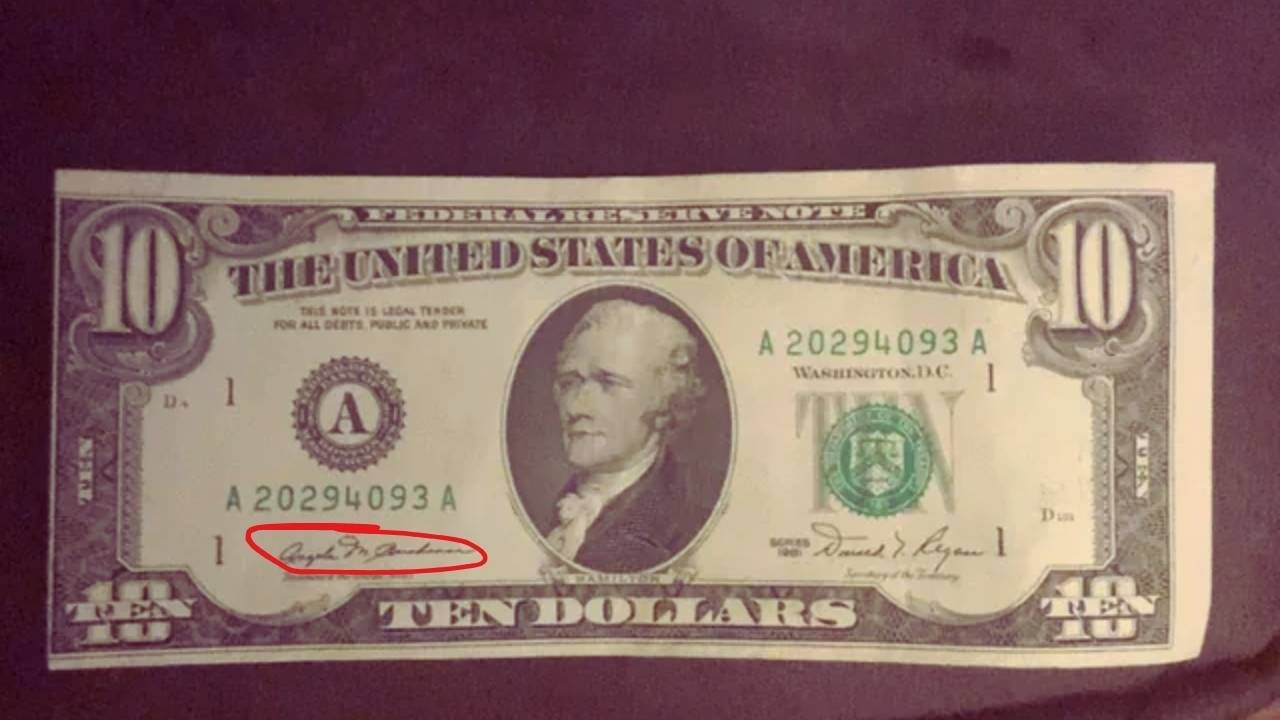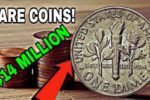Imagine pulling a $10 bill from your wallet and finding out it’s worth $340,000. That’s exactly what happened with a rare $10 bill that sold at auction, despite looking like normal cash. This bill, with a tiny printing mistake, has collectors buzzing and people checking their money. Misprinted bills are rare treasures that can turn pocket change into a fortune. Here’s the story of this incredible find and how you might spot one yourself.
A Small Error, A Big Payday
This $10 bill, from the 1974 series, caught attention because of an inverted overprint error, where the serial numbers and Treasury seal were printed upside down. At first glance, it looks like any other $10 bill with Alexander Hamilton’s face, but this tiny flaw made it a collector’s gem. The bill was in great condition, graded Very Fine 25, with some folds but no tears. Its rarity and historical value pushed its auction price to a staggering $340,000, proving that small mistakes can mean big money.
Why Misprints Are So Special
Misprints happen when something goes wrong during the printing process at the U.S. Bureau of Engraving and Printing. Errors like misaligned ink, upside-down serial numbers, or missing designs are rare because the Bureau catches most mistakes. When a flawed bill slips into circulation, it becomes a hot item for collectors. The $10 bill’s inverted overprint is especially rare, as it’s a dramatic error that still lets the bill pass as normal cash. Its value comes from its scarcity, condition, and the thrill of owning a piece of printing history.
| Error Type | Why It’s Valuable |
|---|---|
| Inverted Overprint | Upside-down serial numbers and seal |
| Pristine Condition | Few folds, no tears, graded Very Fine 25 |
| Rarity | Few such errors escape into circulation |
| Historical Appeal | Ties to 1974 series, collector favorite |
Hiding in Plain Sight
What’s crazy is that this $10 bill was used as regular money before someone noticed its error. Misprinted bills often circulate for years, tucked in wallets or cash drawers, because they look so normal. This one might have been spent at a store or bank before a sharp-eyed collector spotted it. Stories like this have people digging through their cash, hoping to find a similar treasure. With millions of bills printed daily, a rare error like this could still be out there.
How to Spot a Valuable Misprint
Want to check your $10 bills? Look closely at the serial numbers and Treasury seal on the front. If they’re upside down or off-center, you might have a winner. Check the bill’s year—1974 is a key one for this error. Make sure it’s in good shape; collectors pay more for bills without tears or heavy wear. Use a magnifying glass to spot tiny flaws, like misaligned ink or extra printing. If you think you’ve got something, don’t spend it—take it to a professional grader like PCGS or NGC to confirm its value.
The Hunt Is On
The $340,000 sale has sparked a frenzy among collectors and everyday folks alike. People are checking their $10 bills, and banks are seeing more customers asking for old cash rolls. Even if you don’t find this exact misprint, other errors like misaligned designs or ink smears can be worth hundreds or thousands. This story shows that treasures can hide in the most ordinary places. Next time you get a $10 bill, give it a second look you might be holding a fortune in your hand.



